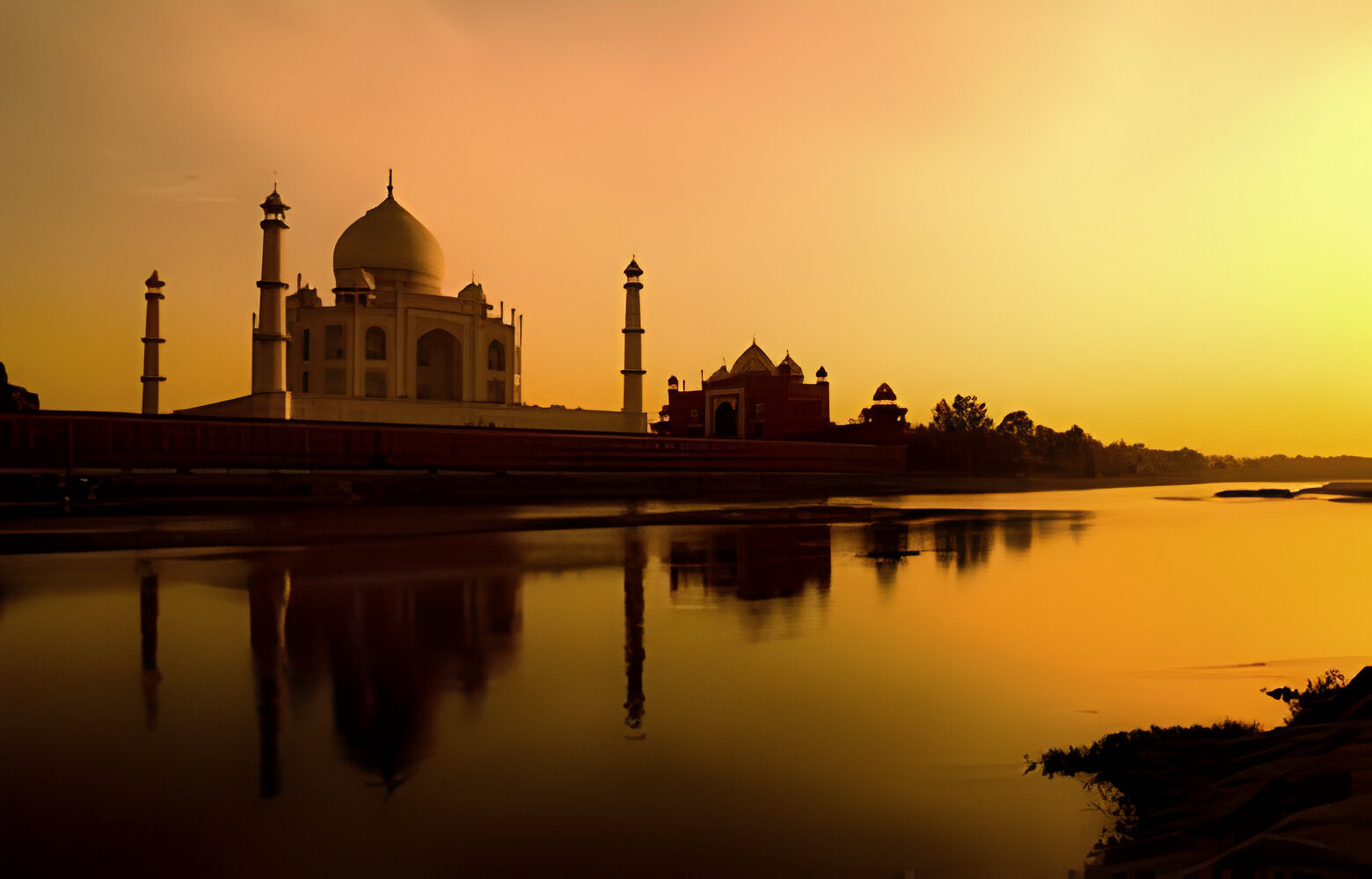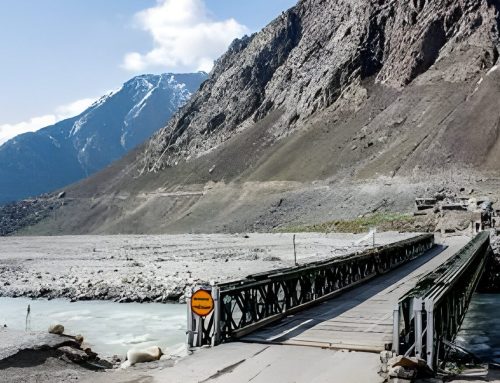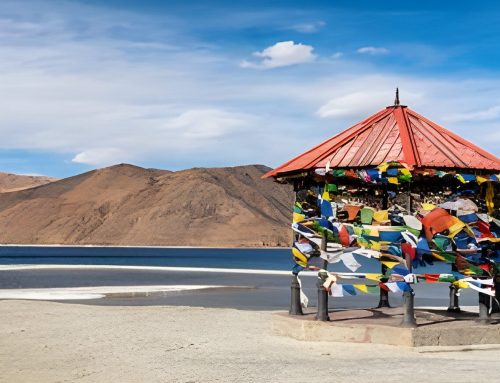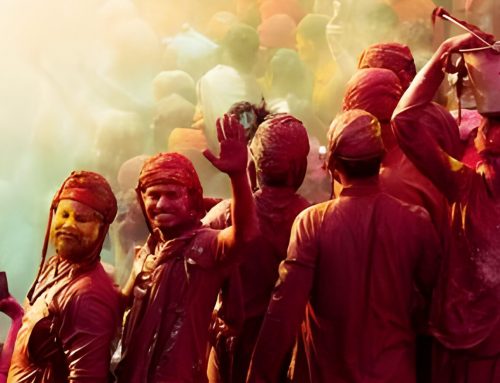India is a diverse and culturally rich country. Take in the lively pandemonium of Delhi’s bazaars, be in awe of the Taj Mahal’s architectural grandeur, and savor Indian cuisine’s delicious spices. India, a country with a millennium-long history, entices visitors with its spiritual landscapes, age-old customs, and a variety of festivals that honor life with unsurpassed joy.
Kedarnath Temple:
Nestled amidst the majestic peaks of the Garhwal Himalayas in the state of Uttarakhand, Kedarnath Temple is one of the holiest shrines dedicated to Lord Shiva. Perched at an altitude of 3,583 meters (11,755 feet) above sea level, this ancient temple holds immense spiritual significance for Hindus and attracts devotees from far and wide. Surrounded by breathtaking natural beauty, including snow-capped mountains and lush alpine meadows, the Kedarnath Temple offers a serene and awe-inspiring setting for spiritual reflection and pilgrimage. The journey to Kedarnath involves a challenging trek or a picturesque helicopter ride, adding to the sense of adventure and devotion associated with this sacred pilgrimage destination.
The Jagannath Temple:
The Jagannath Temple, situated in Puri, Odisha, is a paramount Hindu pilgrimage site and one of the most revered temples in India. Dedicated to Lord Jagannath, an incarnation of Lord Krishna, the temple holds profound religious significance and cultural importance. The Jagannath Temple is renowned for its architectural grandeur, spiritual sanctity, and the annual Rath Yatra, a spectacular chariot festival that attracts millions of devotees from around the world.
Jagannath Temple in Puri stands not only as a sacred abode for millions of devotees but also as a cultural beacon that illuminates the rich tapestry of Hindu spirituality and tradition. The annual Rath Yatra, with its grandeur and communal fervor, serves as a symbol of unity, devotion, and the timeless connection between humanity and the divine.
The Taj Mahal:
The Taj Mahal, an architectural marvel and UNESCO World Heritage site, transcends time as an enduring symbol of love, beauty, and cultural heritage. Commissioned by the Mughal Emperor Shah Jahan in memory of his beloved wife, Mumtaz Mahal, this ivory-white marble mausoleum stands as an unparalleled masterpiece that continues to captivate hearts around the world.
Taj Mahal stands not only as an architectural marvel but as a living testament to the enduring power of love and human creativity. Its significance goes beyond its physical beauty, encapsulating the rich cultural tapestry of India and serving as a bridge between the past and the present. The Taj Mahal’s allure remains undiminished, inviting all who gaze upon it to witness the timeless expression of love and artistic excellence.
Varanasi:
Varanasi, one of the world’s oldest continuously inhabited cities, stands as a spiritual epicenter along the sacred Ganges River. Its ghats, or steps, along the riverbank, serve as a profound canvas depicting the intricate interplay of life, death, and spirituality. Varanasi, also known as Kashi or Banaras, is a city that encapsulates the essence of Hinduism and carries a timeless aura of mysticism.
Varanasi stands as a living testament to the cultural and spiritual heritage of India. Its ghats along the Ganges River, the resplendent temples, and the vibrant tapestry of life create an atmosphere that transcends time, inviting all who visit to partake in the city’s timeless journey of spirituality, tradition, and cultural continuity.









